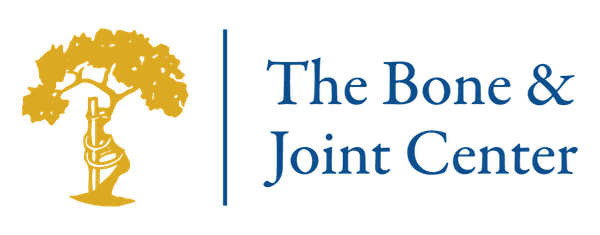Bunionette
Introduction
Bunionettes are also known as tailor bunions because years ago, tailors sat cross-legged all day, putting pressure on the side of their foot. Today, pressure from poor fitting shoes is a common cause of bunionettes, as well as inherited bone structure problems. There are a variety of non-surgical options for treating bunionettes. If such treatments fail, surgery may be necessary.
Anatomy
Causes
A bunionette occurs when the bones at the base of the little toe move out of position. Long-term irritation causes an enlargement that looks like a bump on the little toe.
Symptoms
Diagnosis
Treatment
Your doctor may recommend over-the-counter anti-inflammatory medications, such as ibuprofen. Your doctor may inject corticosteroid medication to reduce inflammation around the joint. You may also receive instructions for applying ice packs to the area.
Surgery
If non-surgical treatments fail, surgery may be necessary to allow pain-free movement and function. Bunionette surgery is used to realign the bones and joint. During surgery, the toe is placed in the correct position and the bump is removed. Following surgery, the bones are held in position with surgical hardware while they heal. Bunionette surgery is usually an outpatient procedure.
Recovery
Prevention

Copyright © - iHealthSpot Interactive - www.iHealthSpot.com
This information is intended for educational and informational purposes only. It should not be used in place of an individual consultation or examination or replace the advice of your health care professional and should not be relied upon to determine diagnosis or course of treatment.
The iHealthSpot patient education library was written collaboratively by the iHealthSpot editorial team which includes Senior Medical Authors Dr. Mary Car-Blanchard, OTD/OTR/L and Valerie K. Clark, and the following editorial advisors: Steve Meadows, MD, Ernie F. Soto, DDS, Ronald J. Glatzer, MD, Jonathan Rosenberg, MD, Christopher M. Nolte, MD, David Applebaum, MD, Jonathan M. Tarrash, MD, and Paula Soto, RN/BSN. This content complies with the HONcode standard for trustworthy health information. The library commenced development on September 1, 2005 with the latest update/addition on February 16, 2022. For information on iHealthSpot’s other services including medical website design, visit www.iHealthSpot.com.

